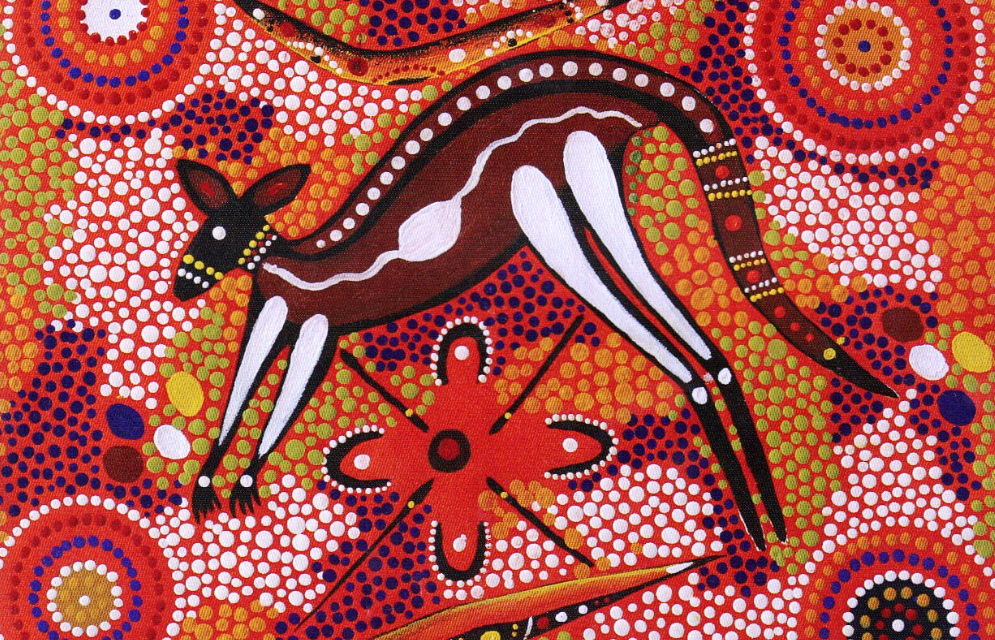How crucial is it in today’s society to consider Aboriginal cultural competence while learning about different communities and cultures? How do the heads of businesses and organizations ensure that all their staff is equipped with Aboriginal cultural competence to engage respectfully with the Aboriginal community and culture? After all, none of this should come as a surprise if one considers the practical challenges of a multicultural society, especially in Australia.
It is equally important to include Aboriginal cultural competence training to promote respectful and meaningful engagement. This kind of education enables people and institutions to understand Aboriginal culture. Understanding this is the only way to minimize biases and foster healthy interrelations with other Australians.
Table of Contents
Recognizing the Significance of Aboriginal Cultural Competence
The importance of Aboriginal peoples’ history and culture needs to be grasped at the outset to relate to Aboriginal peoples’ and communities’ self-determination concerns. First Nations people have a spiritual connection to the land that underpins their values and lifestyle. Many of their beliefs and practices are derived from this connection.
It is essential to remember the toll of historical processes, such as colonization, which impacted Aboriginal peoples. Including accusations of this nature in training programs is relevant for understanding the historical Aboriginal experience. This enables participants to appreciate the struggles of Aboriginal people and know how to work with such communities more effectively and sensitively.
Learning About Kinship and Community Structure
Central to Aboriginal perspectives is the element of family and family orientation. This is quite different in most Western cultures, where social structure is organized around the nuclear family. It is important to note that this construct is critical in designing interventions that are respectful and meaningful to the target community.
Work-related training sessions also give an overview of the kinship structure, which is central to governance and the functioning of daily activities. By understanding Aboriginal people’s hierarchies, those engaged in training programs can understand their collective orientation and the need to navigate relationships. This knowledge is instrumental in work environments where staff may need to interact with Aboriginal clients or partners.
Respecting Language and Communication Styles
Language has invaluable meaning to Aboriginal people. Most Aboriginal groups have their own languages/ dialects, and even where they use English, its cultural aspects differ from those of mainstream Australians. These differences are centered on ethnocultural zones, which must be appreciated before effective communication can be made.
Including elements of Aboriginal languages in the training curricula for participants can assist them in paying attention to language as a means of representing one’s identity and connection to the country. Comprehending other cultures’ non-verbal communication patterns, such as silence or indirectness typical of Aboriginals, can also broaden the scope of respect. People can develop their comprehension of these communication patterns and prevent misunderstandings and conflicts.
Promoting Inclusivity Through Ethical Engagement
Every cultural training program must address inclusivity as one of its primary aims. Aboriginal knowledge alone is not enough; it must also be put into practice. Within the ideal of inclusivity, understanding the importance of cultural protocols and working ethically with Aboriginal people is also necessary.
For agencies seeking assistance from Aboriginal communities on a project basis, it is essential to consider Aboriginal people’s views. Clarification and consultation with the community’s elders or leaders aid in aligning practices, policies, and projects within the cultural contexts. In this way, organizations respect Aboriginal self-determination and culture, which enables the establishment of enduring associations.
Practical Steps to Foster Understanding and Respect
- Engage with Community Elders: Explore knowledge from Aboriginal elders regarding rules and customs related to the receiving of guests.
- Respect cultural boundaries: Familiarize yourself with the concept of Aboriginal sacred grounds and understand why certain pieces of land are off-limits.
- Adapt Communication Methods: Be sensitive to other people’s body language, gestures, and silence.
- Acknowledge Historical Contexts: Consider factors from the past that may inform the present state of the Aboriginal people.
- Foster Ethical Partnerships: Undertake all processes to engage all Aboriginal opinions in decision-making and avoid disrespectful engagement.
Cultural competence training assists organizations and individuals in better appreciating Aboriginal views. Such awareness and respect for Aboriginal community values, history, and experiences are necessary to build constructive relations within the Australian social fabric.


 Murray Hone: The Untold Story of His Life and Legacy
Murray Hone: The Untold Story of His Life and Legacy  Carlos Scola Pliego: Exploring His Contributions to Cinema and Beyond
Carlos Scola Pliego: Exploring His Contributions to Cinema and Beyond  Ted Parker Obituary Lumberton NC: Remembering a Life Well Lived”
Ted Parker Obituary Lumberton NC: Remembering a Life Well Lived”  Christine Janicki Obituary: Honouring a Life of Love and Dedication
Christine Janicki Obituary: Honouring a Life of Love and Dedication  Kniko Howard: Inspiring Insights into His Life and Remarkable Legacy
Kniko Howard: Inspiring Insights into His Life and Remarkable Legacy  Argyle Middle School Principal Dies: Honouring a Life of Leadership
Argyle Middle School Principal Dies: Honouring a Life of Leadership